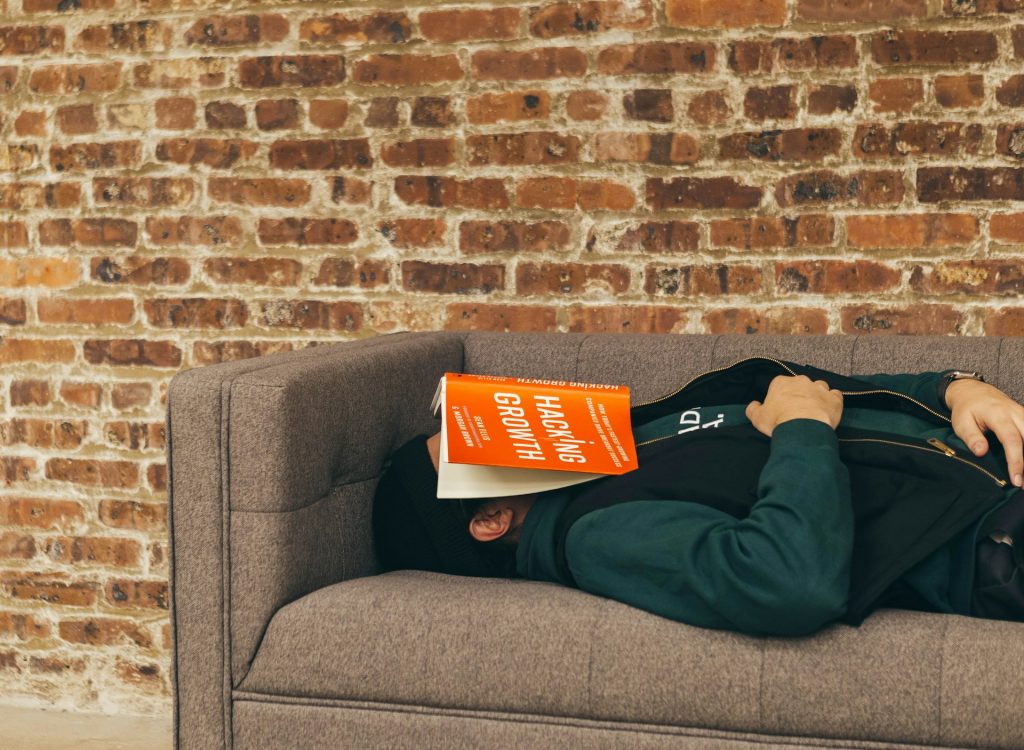When planning to return to the office, the reflex of many is to look, on the one hand, at what employers want and, on the other, at what employees want, as if these two parties were acting independently of each other. Julie Tremblay-Potvin, Human and Organizational Development Strategist at De Saison, proposes a different approach: co-creating the return to work for two (employer and employees). Explanations.
Julie Tremblay-Potvin acknowledges that there will be a period of accommodation required to return to the office. Some would have preferred to stay at home, while others are eager to see their colleagues in person.
In the return stages, there is the need to reconnect people together, physically, but also psychologically, around a common project, says the co-founder of the De Saison platform. What I recommend is to organize a social event to mark the return by doing something special, that takes us out of the business as usual. We must mark the passage of time.”
Several HR departments took advantage of the summer to improve the guidelines of their post-COVID telework policy. However, beyond the formula adopted, employers and employees must express their vision of the return.
We must take the time to talk about this new reality; it is not enough to announce that the policy is out; do it. Take the time to initiate a conversation – either as a team or as a large group – to find out how everyone sees this return.”
The HR Strategist suggests that managers ask their team members what aspects of the return generate enthusiasm, fear or negative feelings.
It is by naming things that we can be kind to each other, that we can accommodate and support each other. This is how each team can build its own model, which takes into account each team’s personality and needs.”
Give voice
Julie Tremblay-Potvin insists on the importance of getting employees involved to co-create the return.
Concretely, I suggest having a workshop that talks about the return and how we would like it to happen; managers must co-create the return with their team, without planning everything in advance. They have to give the floor to the people.”
The advisor sees it as an opportunity to introduce a conversation about healthy performance.
Managers need to make a paradigm shift. We must move from a mode of performance at all costs to a mode of healthy performance, which allows us to last in time.”
Managers need to be open to a variety of work methods – we spoke about them here – to incorporate better work practices in what will most of the time be a hybrid of remote and office work.
The question is, how can we work better together? Returning to the office is an opportunity to address issues that were there before the pandemic: psychological health, overperformance, presenteeism. We have a blank page in front of us. The goal is not to change everything, but to integrate new ways of doing things.”
Slowly but surely!




